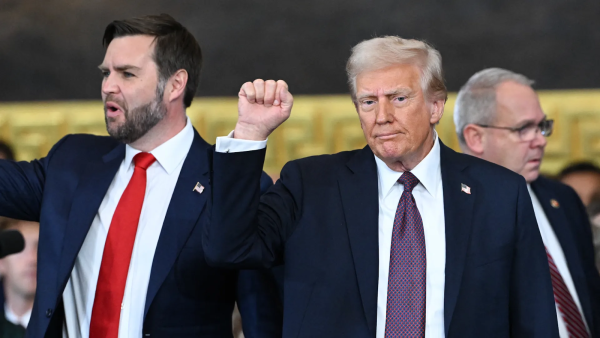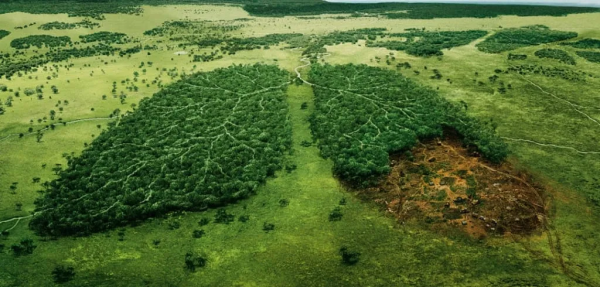Trump Makes Controversial Progress within First Weeks of Inauguration
Since Donald Trump’s inauguration ceremony on January 20th, 2017, the new president of the United States has been busy in the White House, signing thirteen executive orders.
Executive orders are defined as a “a rule or order issued by the president to an executive branch of the government and having the force of law.” Its basic purpose is for the president to be able to sign into effect certain legislature without going through the sometimes long and arduous stages of congressional approval. In recent years especially, executive orders have been used more and more frequently to expedite the process of legislation.
Since his swearing in, President Trump has signed thirteen executive orders into action, including one that incites construction on a wall between America and Mexico, one that expedites environmental review processes, and one that hinders Obama’s Affordable Care Act.
During his campaign, Trump popularly supported the notion to “build a wall” between the United States and Mexico. In his first days of presidency, he supported that idea further by passing two executive orders: one ordering construction on the wall to begin and the other adding to the number of border patrol officers between the United States and Mexico. Although Trump famously repeated during his campaign that he was going to “build a wall and make Mexico pay for it,” the executive orders he signed into legislation did not include a reimbursement for the wall, and at this point, it is unknown whether the American taxpayer will truly be paying for it or not.
Another point of controversy in Trump’s first-month agenda was the signing of one executive order, expediting the environmental review process for construction projects. This order came in junction with a memorandum—something similar to an executive order, but with less power—from the president, calling for an expedited approval of the Dakota Access Pipeline. This pipeline has seen much airtime over the past several months, with many protesting the pipeline’s placement through Native American lands. The pipeline cuts close to the Native American tribes’ water source, causing possible pollution issues in the water.
Trump’s executive order and memorandum has followed suit, enraging much of the public, especially environmentalists.
Junior Casey Conant believes that some of the actions Trump has made in his first days of presidency could end up beneficial for America, but “the one about the environment is harmful to the cause.”
One topic that breached the political media endlessly when President Obama was in office was his signing of the Affordable Care Act, more commonly known as “Obamacare.” Americans have conflicting views on the ACA, and subsequently have had conflicting views on Trump’s attempt to repeal some of the aspects of the ACA. Trump’s executive order does not completely repeal the ACA—doing that would require a more lengthy process—but it gives the heads of health services the authority to “waive, defer, grant exemptions from or delay the implementation of any provision or requirement of the act that would impose a fiscal burden on any state or cost, fee, penalty, or regulatory burden on individuals, families, healthcare providers, health insurers patients, recipients of healthcare services, purchasers of health insurance or makers of medical devices, products and medications,” as the executive order states.
All in all, this order gives further instability to the ACA, giving Trump and other opposition to Obamacare leeway to repeal the ACA in the future.
President Donald Trump’s busy first weeks in office are not uncommon. President Obama’s first 100 days in office saw a similar urgency with signing orders and developing legislation, only not to such a controversial extent. Trump has set a precedent in his first few weeks of office that will prove interesting for the next four years.







